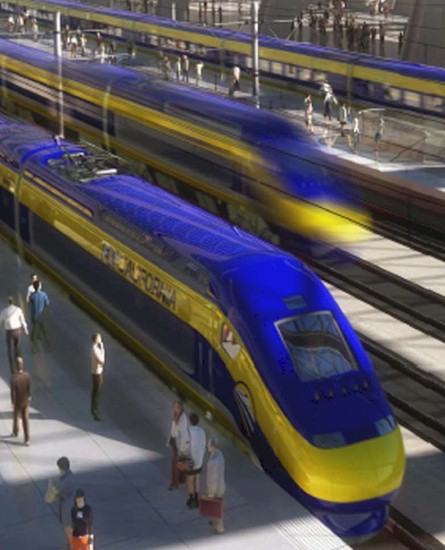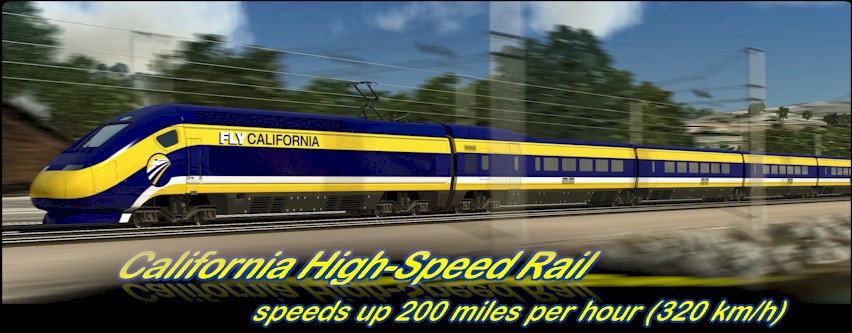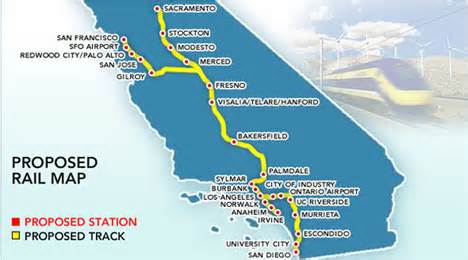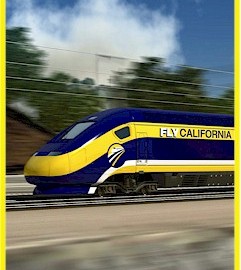 |
|
The project’s cost and scope have long been a source of controversy. The California High-Speed Rail Authority has estimated the project’s year-of-expenditure cost at $68.4 billion (2011 estimate). In July 2014 The World Bank reported that the per kilometer cost of California’s high-speed rail system was $56 million, less than Phase 1 of High Speed 2 in the United Kingdom ($173 million per km), but more than the average cost of $17–21 million per km of high speed rail in China and $25–39 million per km for similar projects in Europe.
The system will extend from San Francisco and Sacramento, via the Central Valley, to Los Angeles and San Diego via the Inland Empire. As planned, the track from San Francisco to Los Angeles would be 520 miles (840 km). Possible stations are shown on the statewide rail modernization map at right. In January 2012, the Authority released a study, started in May 2011, that favors a route through Antelope Valley over one that parallels Interstate 5
|



